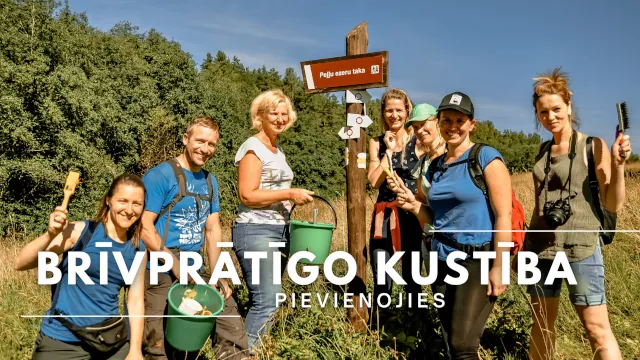 Mazirbe village
Mazirbe village
Among the earliest and largest fishermen settlements on the coast of Northern Kurzeme. First mentioned in written sources in 1387 under the name of „Willa minor Irwa”. The village is located not far from the mouth of the River Mazirbe. Livonians used to call the river Irē joug, and the village – Irē. Already since earlier times the village was split into two parts — Livonian fishermen village closer to the sea and the Southern part of the village with Irbe Church, manse, cemetery, tavern and some Dundaga manor houses further off the coastline.
During the first independence years of Latvia, Mazirbe represented a fast-growing village with 77 farmsteads and fishermen houses and 82 residential houses (in 1939). Besides church and manse, the village also had a post office, a school, several shops, a drug store, a hairdresser’s and a photo salon. Bricks were made in Brausku Brick-Kiln, timber came from the local saw-mill, and by narrow gauge train the village was linked to Ventspils, Dundaga and Stende. Mazirbe was a lively cultural and economic centre with its own fishermen society „Zivs”. In 1935, the population of Mazirbe reached 438 with only 66 Livonians (15%). Besides 350 Latvians (80%), other nations represented in the village were Estonians, Germans, Russians, Belorussians.
The village of Mazirbe played a crucial role in the Livonian Awakening movement.
Nowadays, life is not as busy in the village as it used to be in the mid-20th century; yet the village is still alive: there are around 60 houses, most of which are inhabited only during summers, to tell the truth. Around 90 inhabitants have registered Mazirbe as their place of residence. During summer, the number of residents experiences rapid growth on the account of tourists and people coming to live here for the summer. Around ten fishermen still make a living from fishing. There is a shop and a few guest houses.












